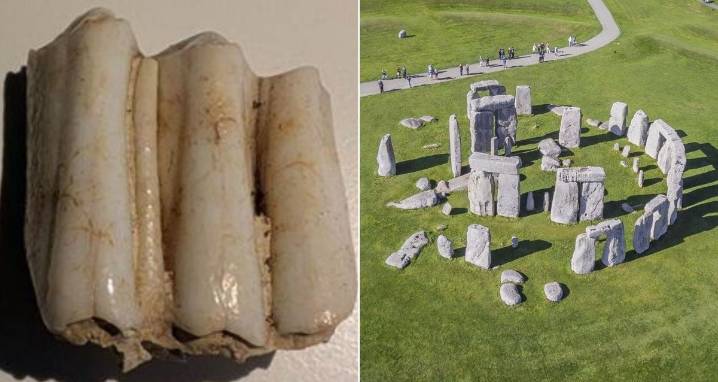The 5,000-year-old cow molar adds credence to the theory that cattle helped drag Stonehenge's megaliths over 100 miles to the site from a quarry in Wales.
In 1924, a cow’s tooth was discovered at Stonehenge. Now, more than a century later, a new analysis of the molar is providing additional evidence that the megaliths that make up the monument came from southwest Wales.
This research also supports the theory that cattle were used to help transport the massive stones 140 miles from Wales to England’s Salisbury Plain, where Stonehenge was erected beginning around 3000 B.C.E.
What A Cow’s Molar Is Revealing About Stonehenge’s Past
Excavations at Stonehenge in 1924 revealed a cow’s jawbone near the site’s south entrance. Archaeologists determined that it dated back to between 2995 and 2900

 All That's Interesting
All That's Interesting

 New York Post
New York Post America News
America News Nicki Swift
Nicki Swift ESPN Football Headlines
ESPN Football Headlines RadarOnline
RadarOnline Political Wire
Political Wire Mediaite
Mediaite NBC Bay Area Sports
NBC Bay Area Sports